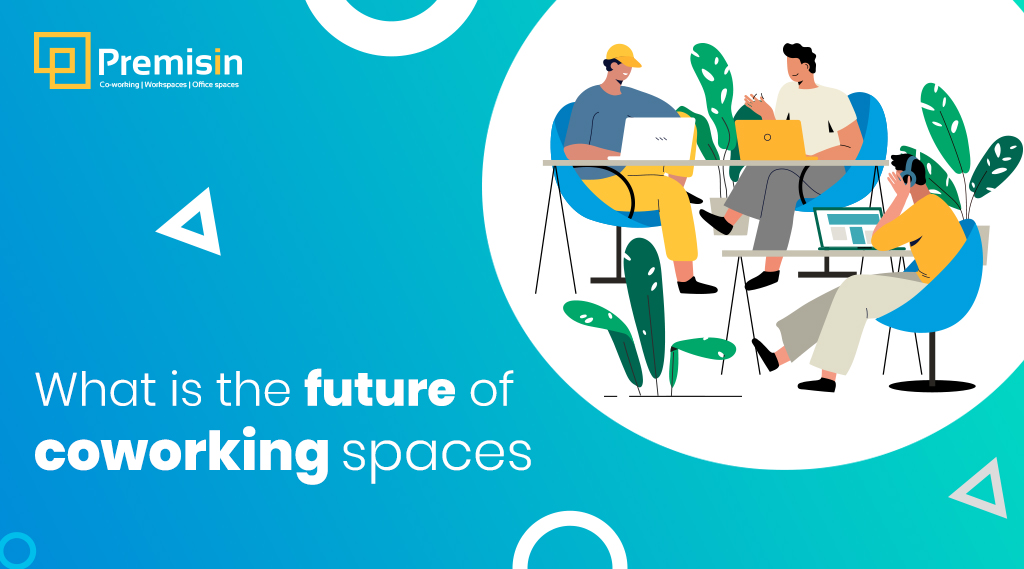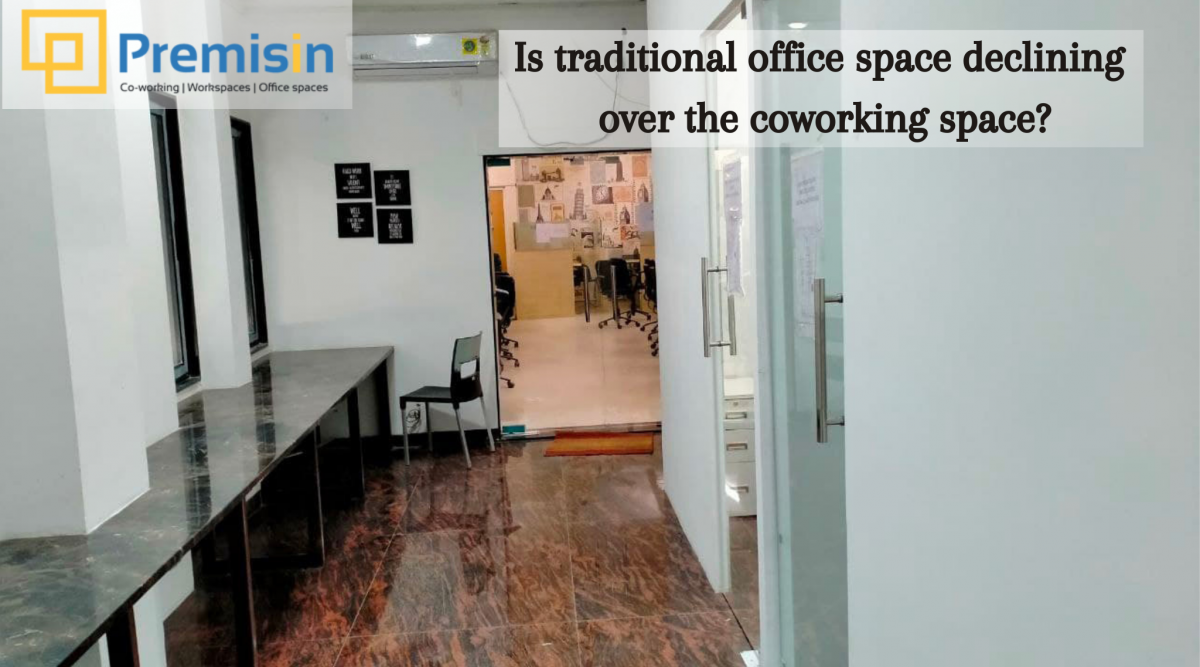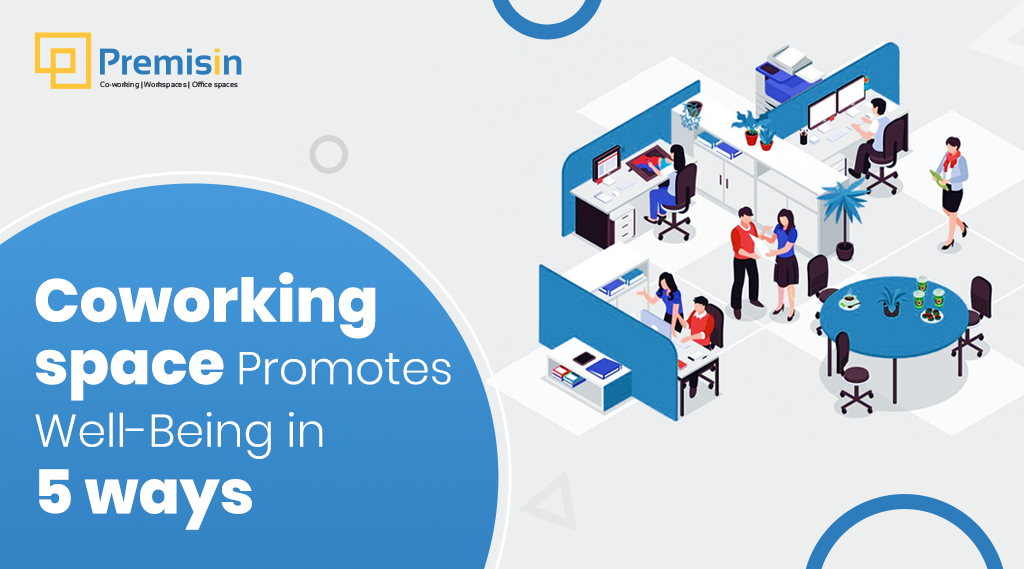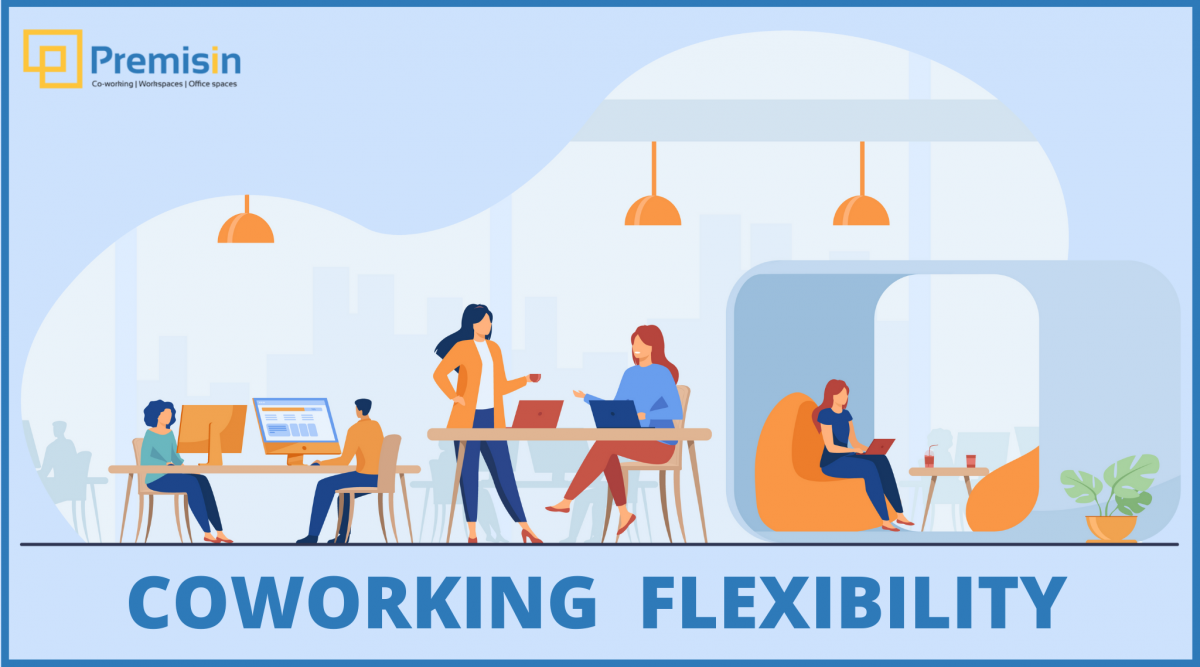Future of Coworking spaces In India
Co-working spaces are not too far behind traditional work spaces in their efforts to save the environment. Co-working spaces have the potential to solve the issue of sustainability in real estate, from the future of work to the future of sustainability. Co-working space that involves a shared working environment, often an office, and independent activity. Individuals are usually not employed by the same person.
The co-working industry in India has constantly experienced extraordinary progress over the past few years. While co-working spaces were already in demand among small businesses, entrepreneurs and startups, the pandemic and subsequent lock downs accelerated the demand among other segments as well.
Recent research and surveys have confirmed the facts of how the co-working industry is thriving.
The pandemic has drawn some significant attention to the need for adaptable, accessible and cost-effective co-working environments. Even the most traditional occupiers began to realize the benefits of co-working during this time. Flexible work spaces seemed like a sensible option as businesses struggled to adapt the new normal. Businesses were compelled to reassess their real estate strategy in order to keep up with the times due to flexible hours, rostered shifts, and work spaces moving closer to homes.
As businesses looked for alternatives to cut expenses and capital expenditures, the co-working sector stepped in to provide a host of advantages. corporate sought out alternative options to reduce costs and capital expenditure, the co-working industry stepped in to offer a host of benefits. Co-working spaces have emerged as the ideal solution for lowering capital expenditures, emphasizing employee well being, and accelerating the adoption of flexible working arrangements.
Future of coworking spaces is too adaptive as they are evolving with more services and amenities, enabling them to accommodate niche audiences and purpose-driven communities in India.
Few of the key features that are essential for the future of coworking spaces
Affordability and scalability
Co-working spaces has always been know and recognized because of its affordability. This escalated during the pandemic and introduced the new and effective coworking space concept; the future of coworking space seems to be very bright. With remote working becoming the norm, office spaces began to be seen as an overhead expense that many were not willing to invest in, at least for the near future. Companies began focusing on cost reduction, choosing a flexible organizational structure where some employees may work from home while others could do so from a central location.
Co-working companies entered the market, offering enticing advantages like low-cost seating, robust infrastructure to networking opportunities. They offered companies highly compliant, ready to move setups that were ready to use without any hassle. Additionally, they allowed companies of all sizes to save on capital expenses while lowering the operating costs by up to 15-20%.
Read: Reasons Why Coworking Space Is Important for Business
Location Flexibility
The flexibility factor in terms of locations has proven to be another significant benefit of co-working facilities. While the majority of businesses support working from home, some have had to accept the fact that at least some of their employees will need to go back to the office. This situation has led to a number of industrial realizations.
Instead of a consolidated office located in the center of the country, there is an increasing desire for numerous smaller offices dispersed across the nation. Companies are being sought by businesses to meet their requirement to de-intensify their current offices while maintaining social distance rules.
Fulfilling the demand for dedicated spaces
Companies that operate from traditional office spaces must manage the weight of lengthy lock-in agreements. With most businesses cutting back on staff, they began seeking for alternatives like dedicated desks, flexi desks, and private cabins that offered all the necessary amenities at reasonable prices.
Co-working spaces offer secure work environments that promote employees to plug-and-play, teamwork, and work together. Additionally, the desks are spaced apart to encourage people to organically develop social distance.
Rational model
Mid sized and large enterprises that are concerned with business sustainability have increased the demand for co-working spaces ad COVID-19 has challenged the notion of the typical office. The majority of these organizations want to reduce expenses while keeping a workforce that operates with long-term efficiencies. Such models have been offered by Co-working players. Encouraging long-term commitments from larger organizations.
New normal and new models
Most corporate sectors have had to quickly evolve due to the pandemic, and the co-working sector is no exception. By introducing solutions that specifically address needs throughout the spectrum of work requirements, we are also situating ourselves to continue to expel our growth .
Co-working offers a cost-effective solution that provides more compact office spaces with basic infrastructure amenities that are self-operated, and equipped with WiFi. Such work spaces are very in demand at a time when the majority of businesses have employees coming in on a rotational basis and therefore require fewer chairs.
Also Read: Benefits of Renting a Commercial Office Space
Ending words on future of coworking spaces
The future of coworking spaces is indisputable. Coworking spaces are seen as the new frontier. It has a great deal of potential. Because of this, especially in the wake of the pandemic, these spaces are regarded as one of the business world’s fastest-growing trends. The coworking spaces are excellent for fostering community. All of the work you would have previously completed in the conventional workplace may be completed here, only more quickly. Here, people socialise, have brainstorming sessions, set up meetings, and broaden their social networks. So why not rent a location that offers a lot more advantages than the standard office layout?





